Apple has commented on the ongoing issues with its controversial butterfly keyboard mechanism utilized on the Mac notebooks, apologizing to customers who are still experiencing problems with the latest third-generation butterfly keyboard.
The Wall Street Journal’s Joana Stern today looked at the MacBook keyboard situation, analyzing whether and how it’s improved over the years, as well as focusing on the lingering issues people continue to have with its latest third-generation iteration.
Long story short, the third-generation butterfly keyboard was supposed to fix all the previous defects but buyers are still having problems. The article includes an apology via a statement attributed to an Apple spokesperson.
We are aware that a small number of users are having issues with their third-generation butterfly keyboard and for that we are sorry. The vast majority of Mac notebook customers are having a positive experience with the new keyboard.
The butterfly keyboard has been polarizing since its launch four years ago. The vast majority of keyboards uses either a spring-loaded downforce system or so-called scissors mechanism.
Apple switched from the standard scissor mechanism to its own butterfly thing with the 2015 introduction of the one-port twelve-inch MacBook. The keys have a slimmer profile with shorter travel, resulting in smoother motion and better responsiveness, but some customers began complaining about the lack of key travel and tactile feedback.

In the meantime, the butterfly keyboard was brought next to the redesigned MacBook Pro in 2016. The second-generation butterfly mechanism, refined for greater comfort and responsiveness, was used in the updated twelve-inch MacBooks and the 2017 MacBook Pros.
The second-generation iteration was supposed to prevent debris from entering the butterfly mechanism but it only accentuated the issue. The latest third-generation butterfly keyboard has contained the problem by wrapping each key with a thin layer of silicone.

Apple says this makes the keyboard quieter to type on, but the true purpose of the membrane is preventing debris from entering the key mechanism, which results in a range of issues, like stuck keys, auto-repeating keys and so forth. The third-generation butterfly mechanism provides four times more key stability than a traditional scissor mechanism, Apple claims.
Due to the MacBook’s design, the keyboard cannot be replaced without changing the entire top assembly containing the keyboard along with the battery. The current third-generation butterfly mechanism is found in the MacBook Pro and MacBook Air models from 2018 while the Touch Bar-less MacBook Pro models have the second-generation butterfly mechanism.
Apple first officially acknowledged that some people are having issues typing on these keyboards in the summer of 2018, when it quietly launched a new keyboard service program allowing customers to get their stuck keys fixed at no charge rather than pay $300 or more.
The updated MacBook Pro notebooks that arrived in October of that year are not part of this program because those models are still covered by the first-year warranty.
The jury is still out as to whether the membrane does a good enough job solving the problem for customers. If recent testing conducted by iFixit is an anything to go by, the membrane itself does not completely fix the dust problem.
A proposed class-action suit alleges Apple’s been aware of the defective nature of these keyboards since 2015 yet sold affected laptops without disclosing the problem.
If you paid to have the keyboard repaired, contact Apple about a refund.
Are you having issues with these butterfly keyboards? And while we’re at it, should the company says goodbye to the butterfly once and for all, do you think?
Let us know by leaving a comment below.

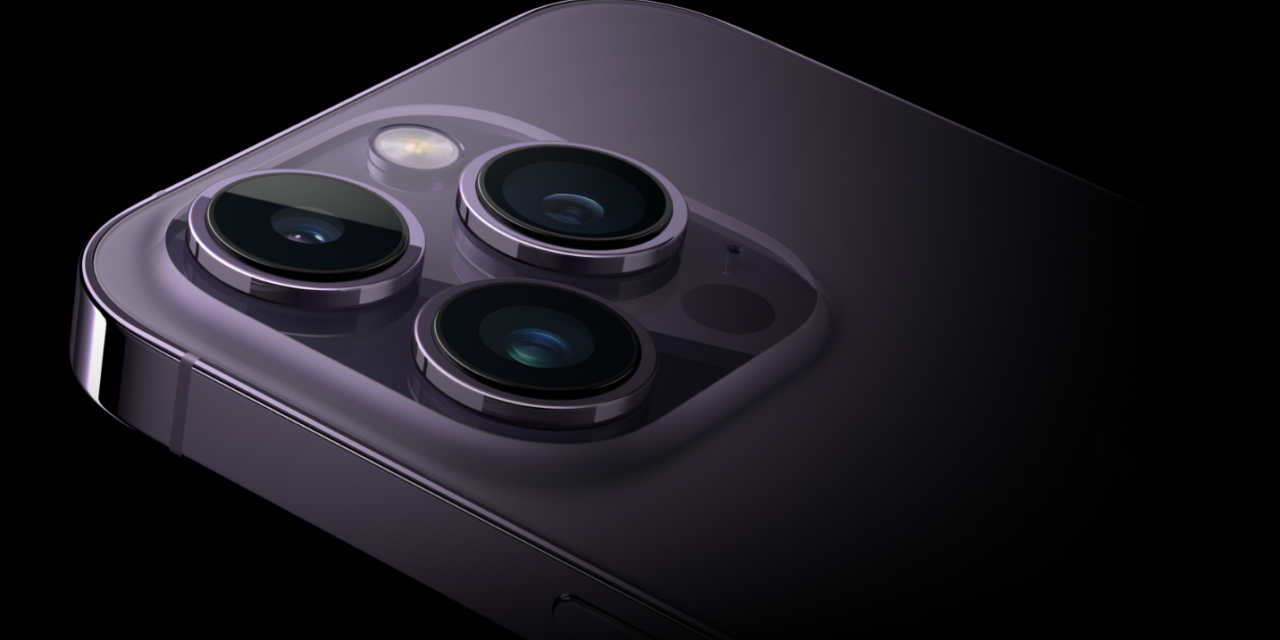
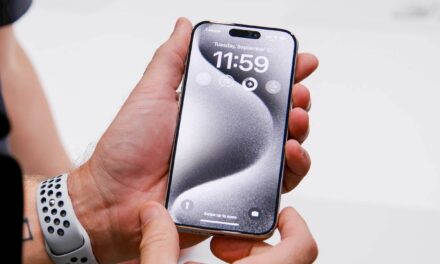
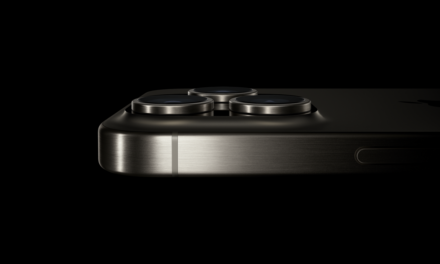
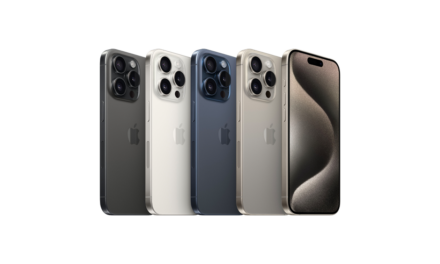
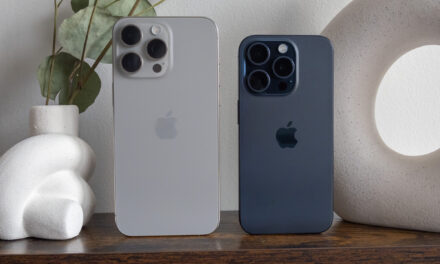
Recent Comments